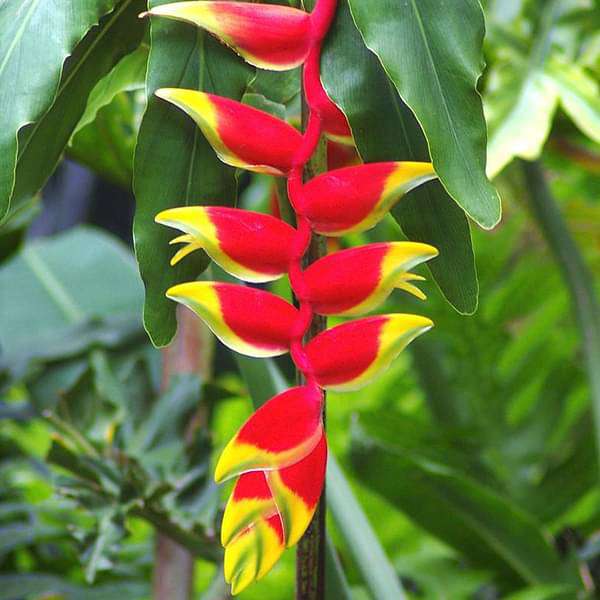
Heliconia Rostrata - Plant
(MRP Inclusive of all taxes)
- Shipping ₹79 for entire order
- Dispatch in 7 days
- Country of origin: India

(MRP Inclusive of all taxes)
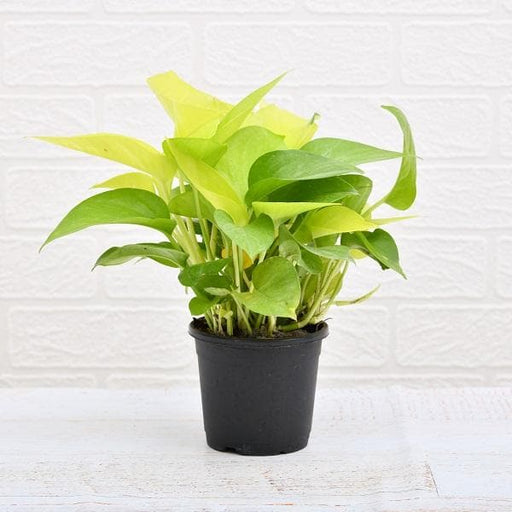 Save 29%
Save 29%
Air Purifier Money Plant with Pot The Air Purifier Money Plant, also known as Pothos or Epipremnum aureum, is a stunning indoor plant that...
View full details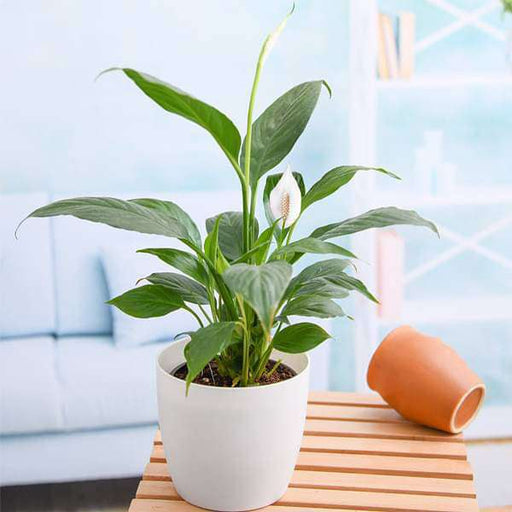
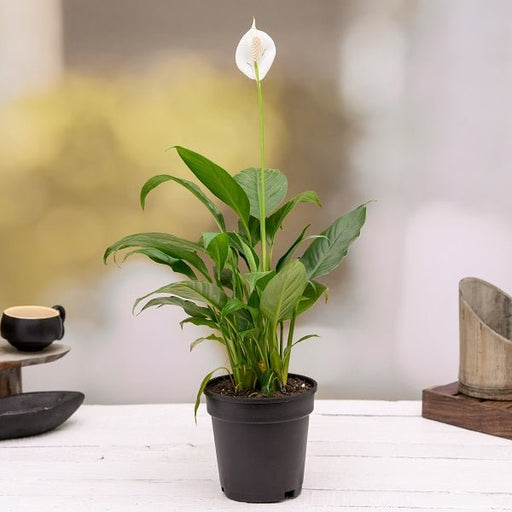 Save up to 15%
Save up to 15%
Peace Lily, Spathiphyllum - Plant The Peace Lily, scientifically known as Spathiphyllum, is a stunning houseplant celebrated for its elegant white...
View full details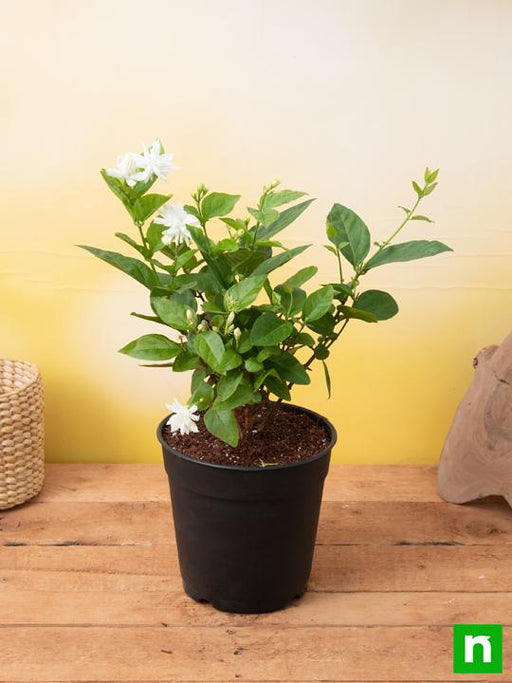
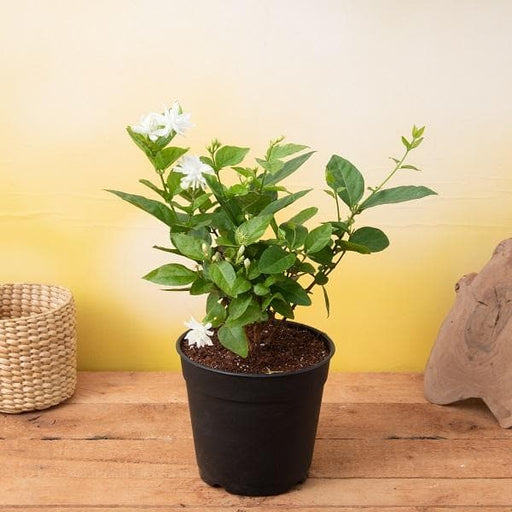 Save 25%
Save 25%
Jasminum sambac, Mogra, Arabian Jasmine - Plant Jasminum sambac, commonly known as Mogra or Arabian Jasmine, is a fragrant flowering plant...
View full details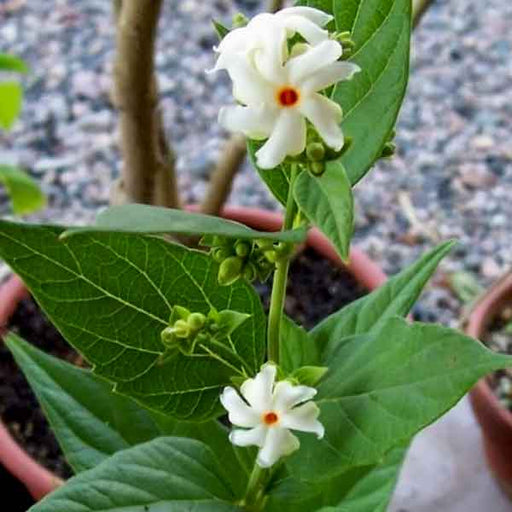
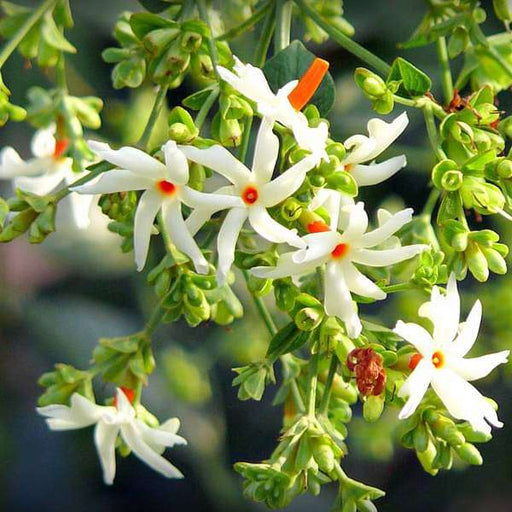 Save 18%
Save 18%
Combo Constituents Includes the Parijat Tree (Night-Flowering Jasmine), a culturally significant plant with fragrant flowers. Description The Pari...
View full details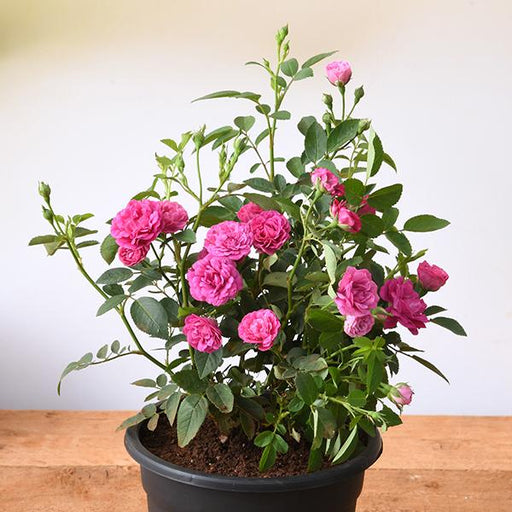
 Save 25%
Save 25%
Miniature Rose, Button Rose (Any Color) - Plant The Miniature Rose, also known as the Button Rose, is a charming and compact flowering plant that ...
View full details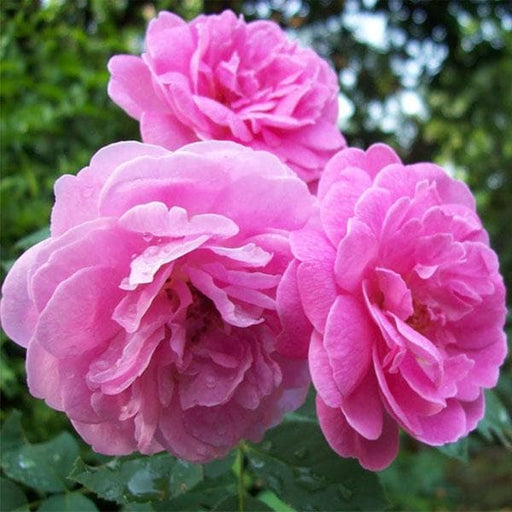 Save 25%
Save 25%
Damascus Rose, Scented Rose (Any Color) - Plant The Damascus Rose, also known as Rosa damascena, is a timeless symbol of beauty and romanc...
View full details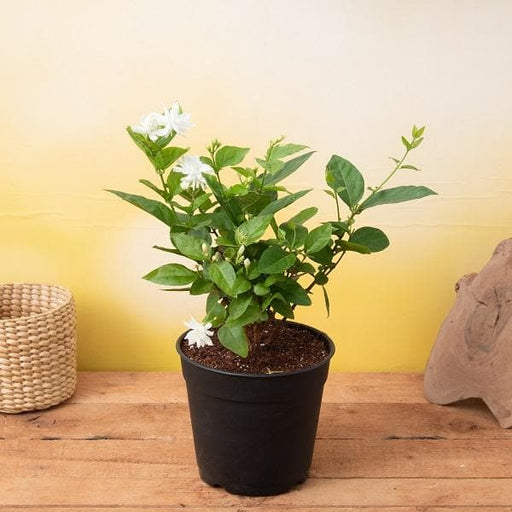
 Save 17%
Save 17%
Beautiful Fragrant Mogra, Arabian Jasmine Plant with Pot The Beautiful Fragrant Mogra, also known as Arabian Jasmine (Jasminum sambac), is...
View full details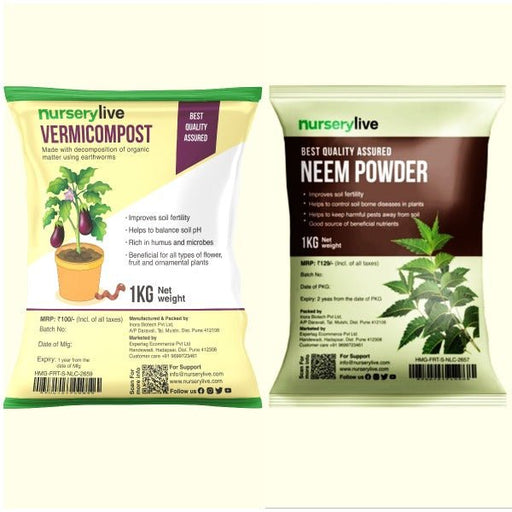 Save 15%
Save 15%
Pack of Vermicompost and Neem Cake for House Plants Transform your indoor garden with our premium Pack of Vermicompost and Neem Cake, spec...
View full details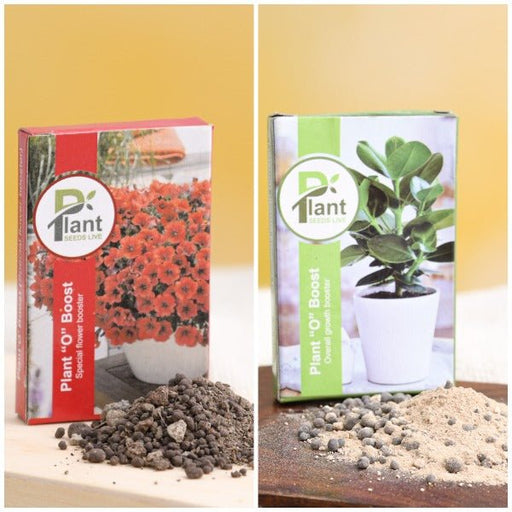
Pack of Plant Growth and Flower Boosters Unlock the full potential of your garden with our Pack of Plant Growth and Flower Boosters! This ...
View full details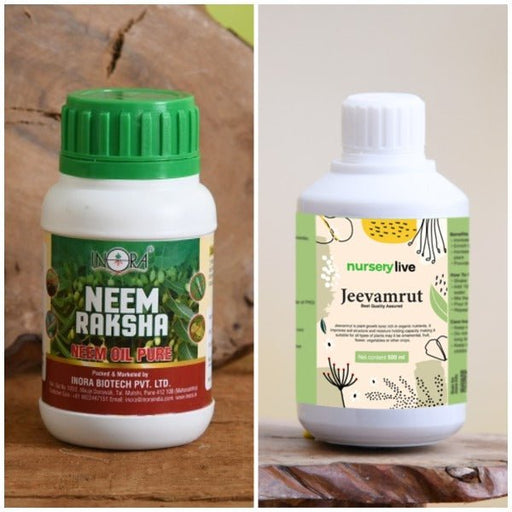 Save 38%
Save 38%
Combo of Jeevamrut and Neem Raksha for Easy Growth and Protection of Houseplants Transform your indoor garden with our exclusive combo of ...
View full details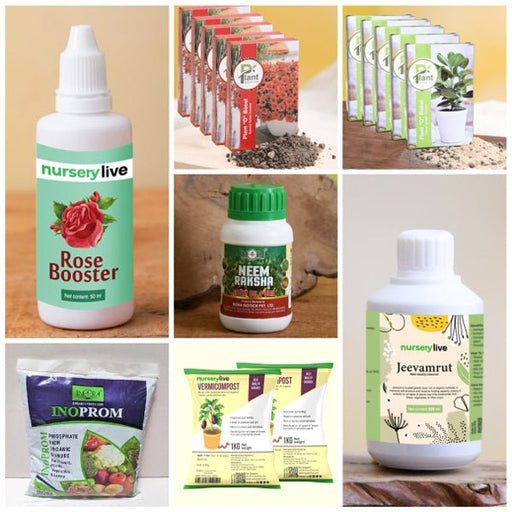 Save 22%
Save 22%
Plant Nutrients Kit (Pack of 16) for a Healthy Garden Transform your garden into a lush paradise with our Plant Nutrients Kit, featuring 1...
View full details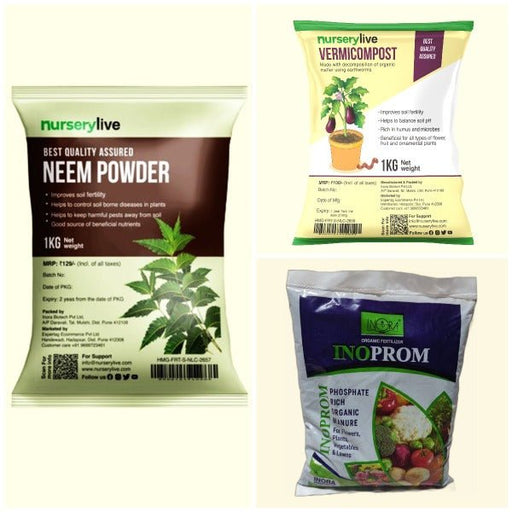 Save 16%
Save 16%
Combo of Top Plant Fertilizers Elevate your gardening game with our exclusive Combo of Top Plant Fertilizers, featuring two bags of premiu...
View full details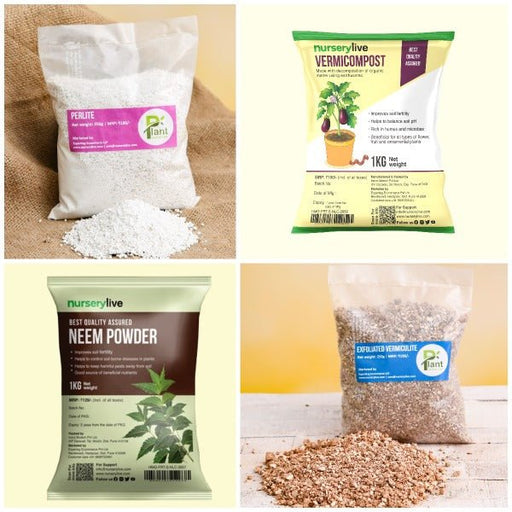 Save 24%
Save 24%
Pack of 4 Additives to Make Soil Healthy and Nutrient Rich Transform your garden into a thriving ecosystem with our Pack of 4 Additives de...
View full details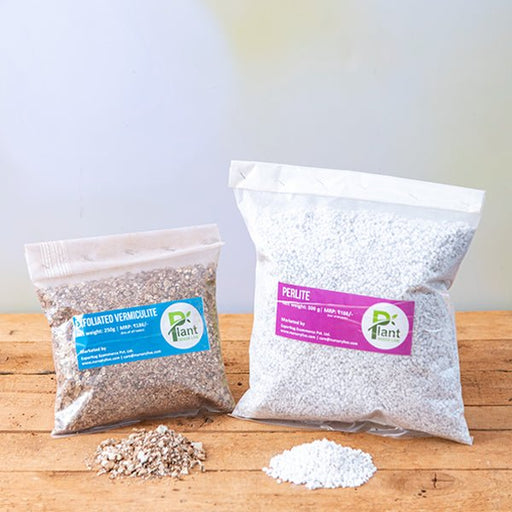 Save 30%
Save 30%
Transform your gardening experience with our premium Combo of Perlite and Vermiculite. This unique blend is designed to enhance soil aeration and ...
View full details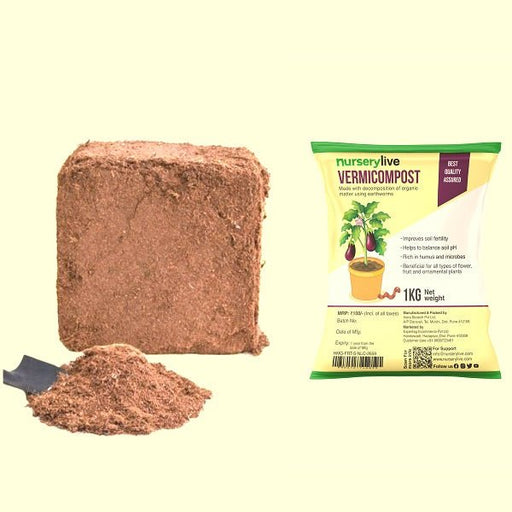 Save 27%
Save 27%
Combo of 2 Vermicompost and Cocopeat - Enrich Your Soil Naturally! Transform your garden into a thriving ecosystem with our Combo of 2 Ver...
View full details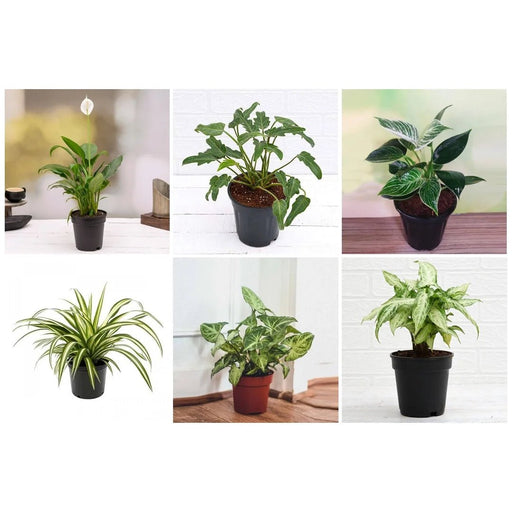
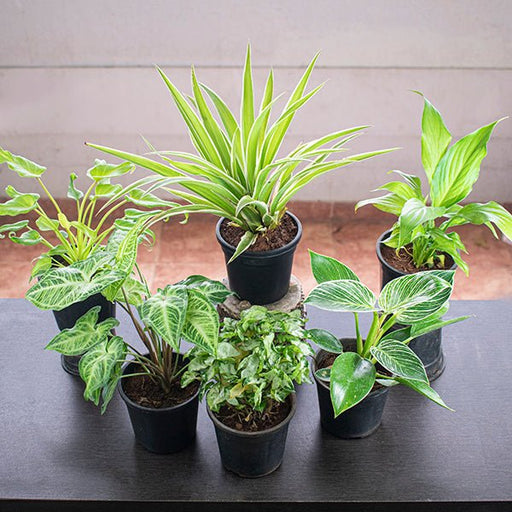 Save 35%
Save 35%
Best 6 Plants for Perfect Indoor Garden Transform your living space into a lush oasis with our curated collection of the Best 6 Plants for a...
View full details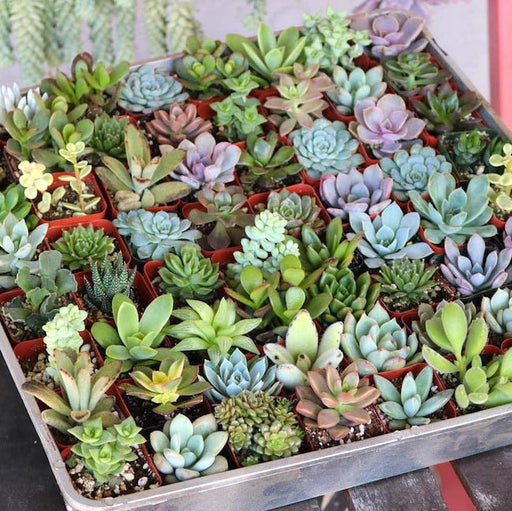
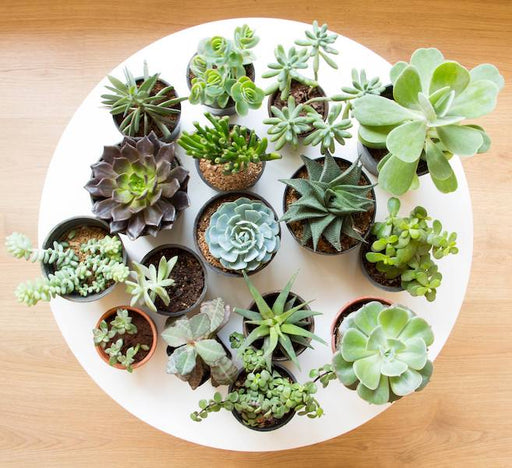 Save up to 50%
Save up to 50%
Mini Succulent Garden Pack Transform your space with our Mini Succulent Garden Pack, featuring a delightful collection of 4 any variety beautiful s...
View full details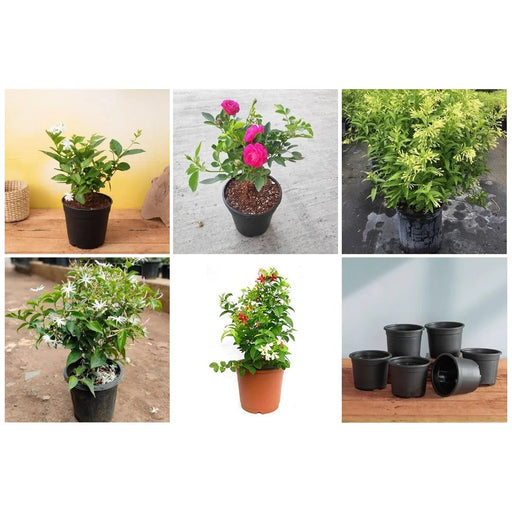
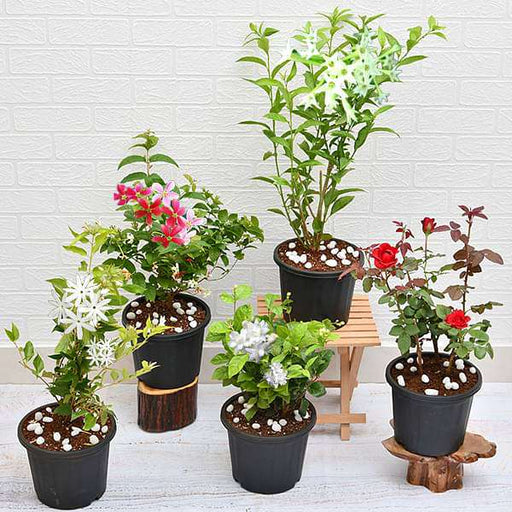 Save 30%
Save 30%
5 Best Fragrant Plants Transform your garden or indoor space into a fragrant paradise with our curated selection of the 5 Best Fragrant Plants. Th...
View full details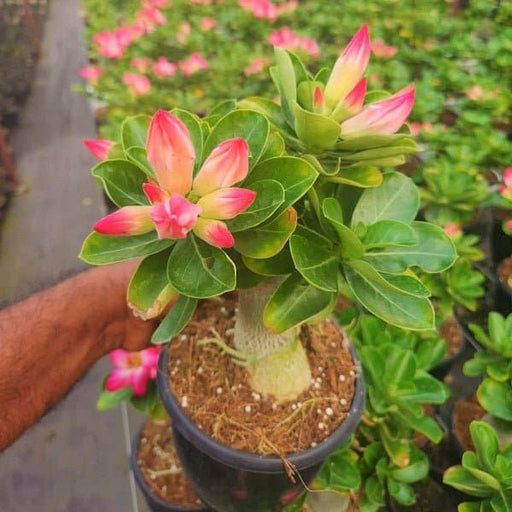
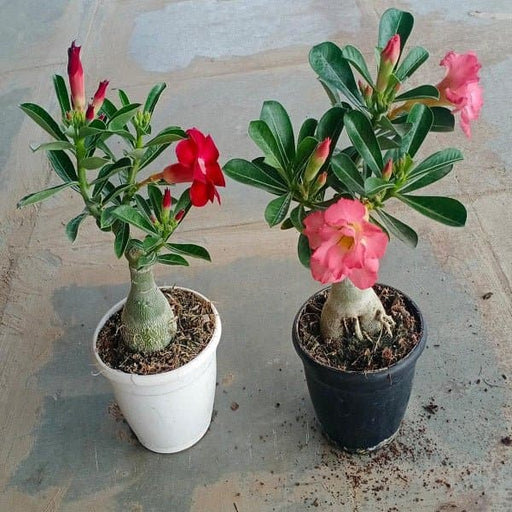 Save 24%
Save 24%
Set of 2 Bonsai Looking Grafted Adeniums Transform your indoor or outdoor space with our exquisite Set of 2 Bonsai Looking Grafted Adenium...
View full details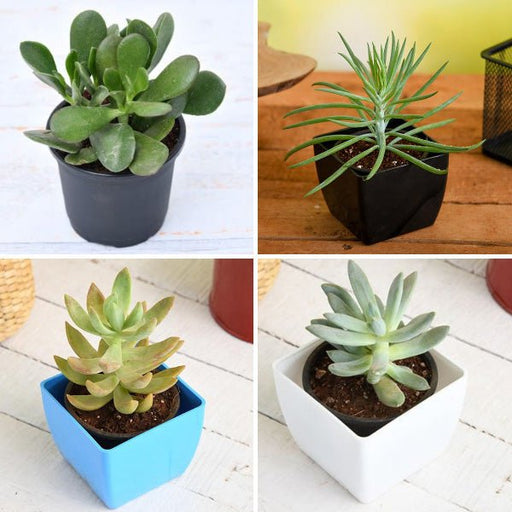 Save 45%
Save 45%
Top 4 Die Hard Succulents Pack Transform your indoor or outdoor space with our Top 4 Die Hard Succulents Pack, featuring a curated selecti...
View full details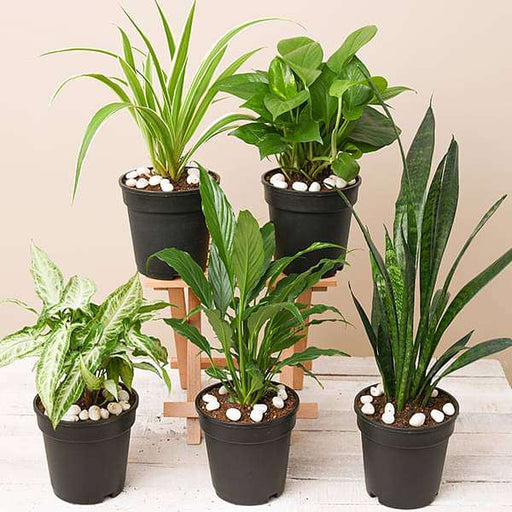
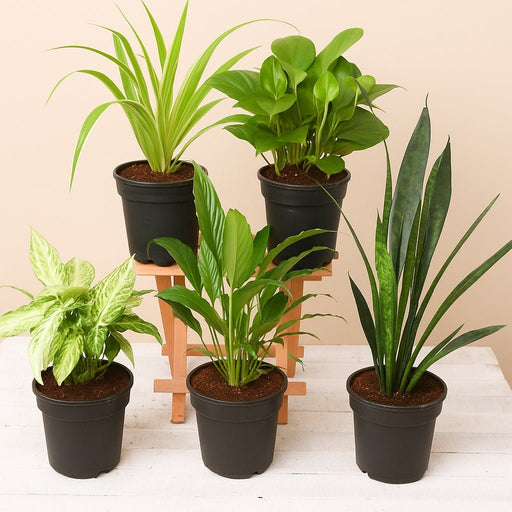 Save 30%
Save 30%
5 Best Indoor Plants Pack Transform your living space into a lush oasis with our '5 Best Indoor Plants Pack.' This carefully curated collection fe...
View full details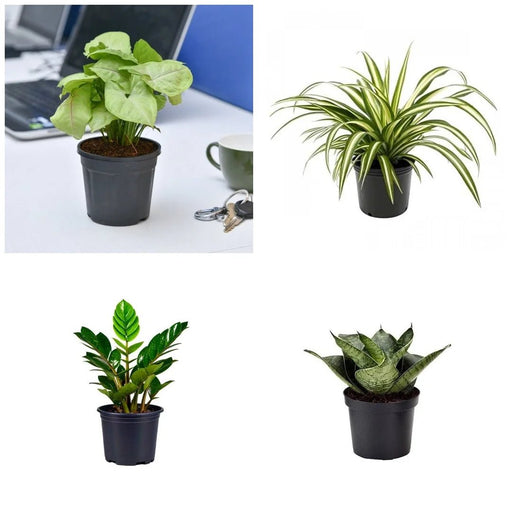
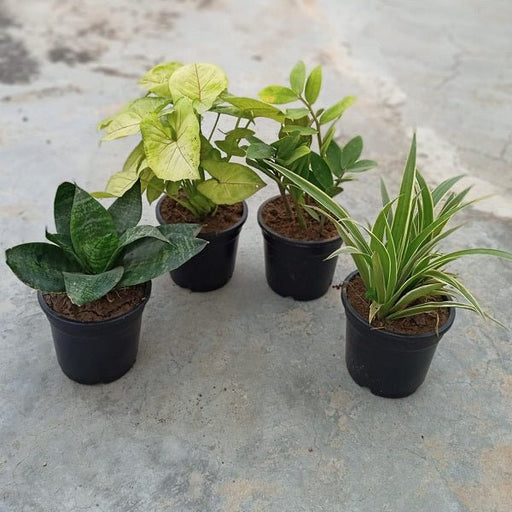 Save 25%
Save 25%
Set of 4 Evergreen Air Purifier Plant Pack Transform your indoor space into a lush, green oasis with our Set of 4 Evergreen Air Purifier Pla...
View full details| SrNo | Item Name | Qty |
|---|---|---|
| 1 | Heliconia Rostrata Plant in 6 inch (15 cm) Pot | 1 |
Heliconia Rostrata, commonly known as the Lobster Claw, is a stunning tropical plant native to Central and South America. Renowned for its vibrant, hanging clusters of red and yellow flowers, this perennial plant adds a touch of the exotic to any garden or landscape. With its lush, green foliage and unique flower structure, Heliconia Rostrata is not only visually striking but also attracts hummingbirds and other pollinators, making it a favorite among gardeners and nature enthusiasts alike.
What makes Heliconia Rostrata special is its ability to thrive in warm, humid environments, making it a perfect choice for tropical and subtropical gardens. Its flowers can bloom year-round in ideal conditions, providing continuous color and interest. Additionally, this plant has a rich cultural significance in various regions, often used in traditional medicine and as a decorative element in local festivities.
One of the most remarkable features of Heliconia Rostrata is its unique inflorescence, which resembles a lobster's claw. This distinctive shape not only adds to its aesthetic appeal but also plays a crucial role in attracting specific pollinators, particularly hummingbirds, which are drawn to its bright colors and nectar-rich flowers.
Heliconia Rostrata plays a vital role in its ecosystem by providing food and habitat for various species, particularly hummingbirds and insects. Its cultivation can help promote biodiversity and support local wildlife. Additionally, as a tropical plant, it contributes to carbon sequestration, helping to mitigate climate change effects.
If you think caring for a Heliconia Rostrata is like babysitting a cactus, think again! This tropical diva demands attention, sunlight, and just the right amount of water. Treat her well, and she’ll reward you with stunning, drooping flowers that scream, “Look at me!” Just remember, overwatering is a crime in her eyes, so keep that watering can in check.
Beyond its stunning looks, Heliconia Rostrata is like the Swiss Army knife of plants. It attracts pollinators, provides shelter for birds, and can even be a natural privacy screen. Who knew a plant could be so multi-talented? It’s like the overachiever of the garden world, making your backyard not just beautiful but also buzzing with life.
Want to clone your Heliconia Rostrata? It’s easier than you think! Just take a division of the rhizome, plant it, and voilà! You’re now the proud parent of a new plant. It’s like having a green thumb and a magic wand rolled into one. Just remember, patience is key; good things take time, even in the plant kingdom.
Heliconia Rostrata is a bit of a soil snob. She prefers well-draining, rich, organic soil that feels like a luxurious spa for her roots. Think of it as her five-star hotel. If you skimp on the soil quality, she might just throw a tantrum and refuse to bloom. So, pamper her with the right mix, and she’ll flourish like the star she is.
This plant is a sun worshipper, soaking up rays like it’s on a tropical vacation. Ideally, she craves bright, indirect sunlight, but too much direct sun can lead to sunburn. It’s like trying to tan at the beach without sunscreen—painful and regrettable. So, give her a cozy spot where she can bask without frying.
Watering a Heliconia Rostrata is an art form. Too little, and she’ll wilt like a sad flower; too much, and she’ll drown in her own drama. Aim for a happy medium, keeping the soil moist but not soggy. Think of it as giving her a refreshing drink without turning her into a swamp monster.
Like any diva, Heliconia Rostrata has her share of pests trying to crash the party. Aphids and spider mites can be the uninvited guests, but fear not! A little neem oil or insecticidal soap can send them packing. Just remember, a clean plant is a happy plant, so keep an eye out for those pesky intruders.
Feeding your Heliconia Rostrata is like treating her to a gourmet meal. A balanced fertilizer during the growing season will keep her vibrant and blooming. Think of it as her version of a spa day—she’ll appreciate the extra nutrients and reward you with a dazzling display of flowers. Just don’t overdo it; too much fertilizer can lead to a plant that’s all show and no substance.
Incorporating Heliconia Rostrata into your landscape is like adding a splash of color to a black-and-white movie. These plants can serve as stunning focal points or create a tropical vibe in your garden. Pair them with other lush foliage, and you’ll have a scene straight out of a botanical paradise.
Who says Heliconia Rostrata can’t be an indoor superstar? With the right conditions—plenty of light and humidity—this plant can thrive indoors. Just be prepared for some curious looks from guests who might wonder if you’ve turned your living room into a jungle. It’s a conversation starter, for sure!
Seasonal changes can be a rollercoaster for your Heliconia Rostrata. In winter, she might need a little extra TLC, like moving her indoors or providing frost protection. Think of it as preparing her for a cozy hibernation. Come spring, she’ll wake up refreshed and ready to dazzle, proving that even plants need a little downtime.
Pairing Heliconia Rostrata with the right companions is like finding the perfect dance partner. Consider tropical plants like Bird of Paradise or Philodendron for a harmonious garden ensemble. Together, they’ll create a lush, vibrant atmosphere that feels like a tropical getaway right in your backyard. Just make sure they all get along—no plant drama allowed!
Heliconia Rostrata, also known as the lobster claw plant, is a tropical beauty that flaunts vibrant, hanging flowers resembling a lobster's claw. Native to Central and South America, it thrives in warm, humid environments, making it a favorite for gardens and tropical landscapes. Just don’t expect it to cook you dinner!
Caring for Heliconia Rostrata is like nurturing a diva; it loves bright, indirect sunlight and moist, well-draining soil. Water it regularly, but don’t drown it! Fertilize every few months with a balanced fertilizer, and watch it strut its colorful stuff. Remember, happy plants make for happy gardeners!
Yes, Heliconia Rostrata can grow indoors, but it’s a bit of a high-maintenance houseguest. Ensure it gets plenty of bright light and humidity, perhaps with a pebble tray or humidifier. Just be prepared for it to demand a prime spot by the window, soaking up all the attention!
Heliconia Rostrata prefers a tropical climate, thriving in temperatures between 60°F to 90°F. Anything colder, and it might throw a tantrum, dropping leaves like confetti. Keep it cozy, and it’ll reward you with stunning blooms that’ll make your neighbors green with envy!
Watering Heliconia Rostrata is like giving it a spa day; it loves consistent moisture but hates soggy feet. Aim for once a week, allowing the top inch of soil to dry out between waterings. If it starts drooping, it’s just asking for a drink—don’t let it down!
Heliconia Rostrata thrives in rich, well-draining soil that’s as luxurious as a five-star hotel. A mix of potting soil, compost, and perlite works wonders. This plant doesn’t want to sit in waterlogged conditions; it prefers to stretch its roots in a cozy, breathable environment!
Absolutely! Heliconia Rostrata is like a party for pollinators, attracting hummingbirds and bees with its vibrant flowers. These feathered friends can’t resist the colorful blooms, making your garden a buzzing hotspot. Just be prepared for some winged visitors who might want to crash your garden party!
Heliconia Rostrata is not a fan of winter; it prefers to bask in the tropical sun. If you live in a cooler climate, bring it indoors or provide frost protection. Otherwise, it might just pack its bags and leave you for a warmer destination—how rude!
Heliconia Rostrata is a speedy grower, often reaching heights of 3 to 5 feet in a single season. With the right care, it can bloom within a year, giving you a tropical paradise in no time. Just be ready to keep up with its rapid growth—this plant doesn’t do slow!
Good news for pet lovers! Heliconia Rostrata is non-toxic to cats and dogs, so your furry friends can frolic around it without worry. Just keep an eye on them; they might be more interested in the plant than you are, and we all know how curious pets can be!
Propagating Heliconia Rostrata is like playing plant matchmaker. You can divide the rhizomes during the growing season and replant them in fresh soil. Just ensure each division has a few healthy roots, and soon you’ll have a mini tropical paradise sprouting up all over your garden!